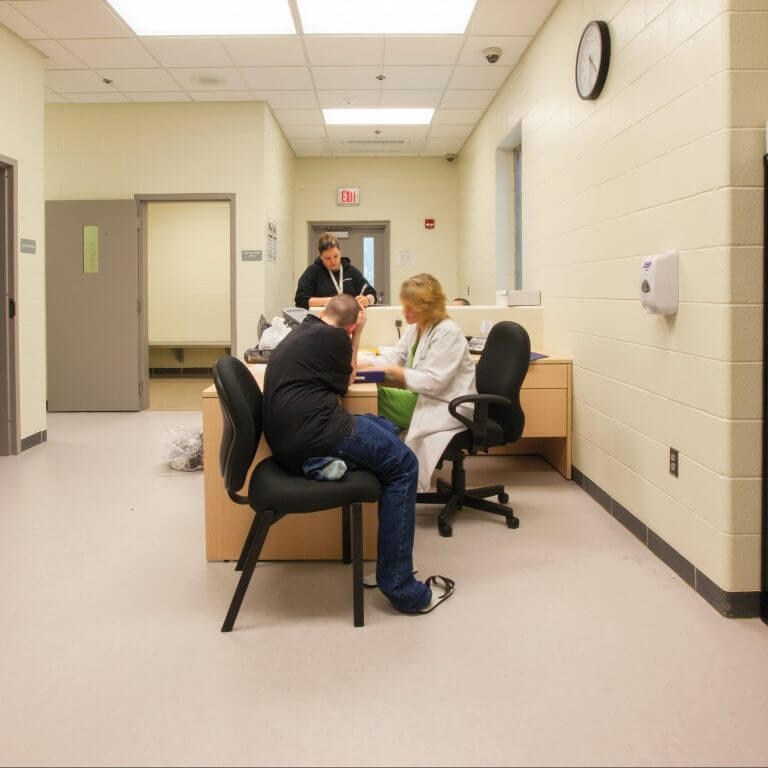The Challenge
The landmark 1998 Adverse Childhood Experiences Study (ACEs) found that children who experience trauma are at significantly higher risk as adults of suffering from a broad range of poor health outcomes than counterparts who were never exposed to ACEs. However, the original 10-item ACE measure was developed by surveying largely white, middle class adults from rural and suburban communities. Thus, the measure excluded many of the adversities that affect low-income people in urban settings, including community violence, discrimination, and economic hardship. A further limitation is that the survey was designed to be administered to adults reflecting back on experiences in childhood, rather than to children and youth who are currently experiencing trauma. If children experiencing ACEs can be identified, interventions and supports can be provided to mitigate the long-term impacts of trauma. However, service providers who work with youth in urban settings lack a robust tool that can identify those with multiple ACEs and provide them with targeted services.
The Project
Through his Stoneleigh Fellowship, Dr. Roy Wade developed a comprehensive, youth-informed childhood adversity screening tool that can be used to assess young people across various settings.
This Stoneleigh Fellowship enabled Roy to:
- Create a conceptual framework for “expanded ACEs” to better reflect the life experiences and challenges of youth in urban settings. For example, he explored the inclusion of measures related to chronic exposure to poverty, racism, and peer victimization. He developed this framework by conducting a systematic literature review, data analysis using the Behavioral Risk Factor Surveillance System and the Philadelphia ACE Survey, and focus groups with key childhood adversity experts.
- Construct a youth-informed, developmentally driven adversity screening tool. After generating a tool that was inclusive of all relevant measures, Roy conducted focus groups and interviews with young people to ensure they were able to understand and accurately answer questions designed to assess the measures.
- Use implementation science to incorporate the tool into the workflow of the local social service agencies. Roy developed a compressed, self-administered 2-item ACE measure to screen patients. He also worked with agency staff to determine appropriate intervention protocols for youth who screened positive for ACEs.



